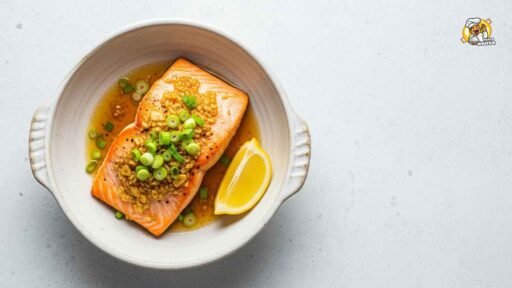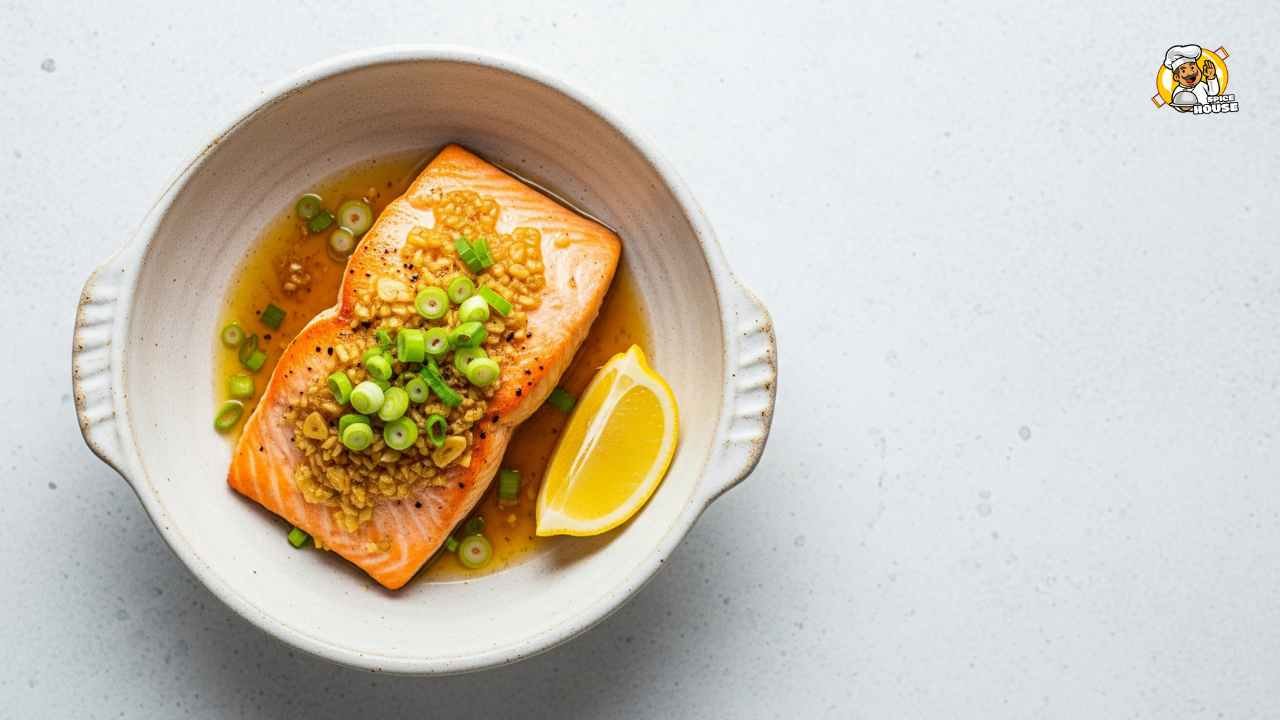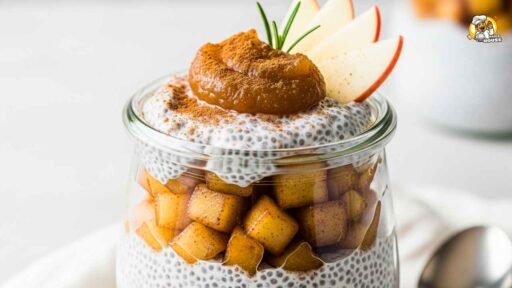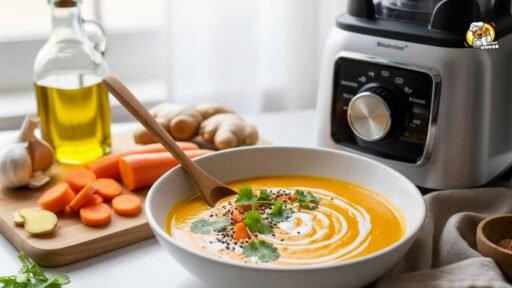Shares of major salmon producers and benchmark prices have whipsawed alongside disease, lice, and other farm-headwinds, with superior-grade prices staying stubbornly high even as volatility creeps in, a dynamic Bloomberg flagged in mid-2024 as farms battled multiple biological threats that tightened supply. Meanwhile, spot benchmarks tracked by Trading Economics showed salmon at 70.19 NOK/kg on Aug. 22, 2025, down 14.20% year over year but still well above pre-2020 norms after a 2023 record, underscoring a market that’s easing without collapsing, which matters for shoppers and investors alike.
Here’s the thing: consumers want immune-supportive meals that are fast and affordable, while investors track capacity plans like Mowi’s target to lift annual harvest to 600,000 metric tons by 2029 as producers try to grow through cost cuts and biology risks, a push that could relieve prices but won’t erase shocks overnight, which employees on farms and in grocery supply chains will feel when conditions swing. This smells like a classic push-pull—functional food demand meets tight upstream constraints, which is why a 30-minute immunity-forward salmon dinner belongs in the same conversation as harvest guidance, retail shifts, and health guidance on omega-3s.
The Data
-
According to Trading Economics, salmon traded at 70.19 NOK/kg on Aug. 22, 2025, down 14.20% year over year, after peaking at an all-time high in July 2023, signaling a market cooling from extremes while remaining sensitive to supply issues.
-
Bloomberg reported that farm troubles—from lice to algae—kept superior-grade salmon prices elevated in 2024, a reminder that biology remains the fulcrum for margins, menus, and weekly household budgets.
-
In retail, UK seafood value rose 5% to £4.3 billion in 2023, with salmon overtaking tuna as the nation’s favorite fish by volume at 63,100 tonnes, showing demand resilience even in a value-conscious environment.
Quick Guides: Quick Ginger Garlic Salmon
-
Health angle: salmon delivers EPA/DHA omega-3s tied to heart benefits and AHA-backed guidance of at least two servings of fatty fish per week, while garlic and ginger bring immunomodulatory and anti-inflammatory activity seen in peer-reviewed literature.
-
Timing and temp: marinate 10–15 minutes; pan-sear then oven-finish or roast to an internal temperature of 145°F (63°C) per US guidance commonly cited in culinary safety references, and aim for flaky, just-opaque flesh.
-
Market-savvy swap: Use frozen fillets or pre-portioned packs and buy on promotion; packaged fish is gaining share in some markets and can cut waste and cost without losing nutrition.
Ginger Garlic Salmon: Immunity Boost Dinner (Step-By-Step Guides)
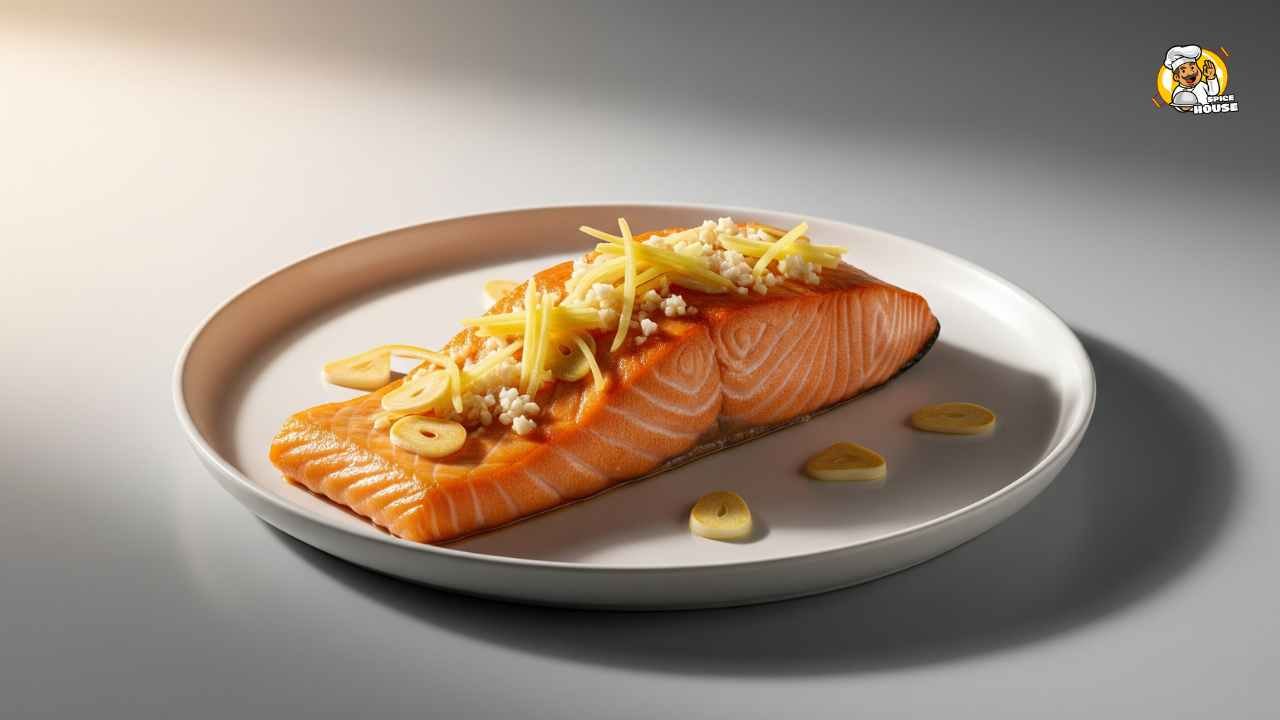
Sourcing Smart Amid Price Swings
Salmon prices eased off 2023 highs but remain a function of farm biology and supply tightness, which means a smart cart—frozen, pre-portioned, or store-brand salmon can offset volatility that’s showing up in weekly circulars and dine-out menus. A tougher-than-expected farm environment kept superior-grade prices lofty in 2024 due to lice, algae, and bacterial challenges, so it’s no accident that restaurant specials and retailers’ end-caps cycle in lockstep with harvest stability and export flows.
For home cooks, the upshot is simple: choose formats with predictable per-serving costs and lean on promotions, since packaged fresh fish is gaining share in some markets, which often improves consistency and waste control for families. In the UK, seafood retail value grew 5% to £4.3 billion in 2023, and salmon led by volume, showing that consumer demand for the pink fish remains sticky even when wallets tighten, which is a practical signal to buy when promotions are strong and freeze portions for weeknights.
Why Ginger + Garlic + Salmon Works
EPA and DHA in salmon support cardiovascular health markers—lower triglycerides, modest blood pressure effects, and reduced arrhythmia risk—giving this dinner a science-backed edge beyond flavor, which is why mainstream guidance underscores fatty fish twice weekly. Garlic compounds in controlled studies modulate cytokines, support NK cells, and act as immunoregulators, indicating a plausible mechanism for immune homeostasis that pairs well with nutrient-dense seafood on high-stress weeks.
Gingerols in ginger are linked to anti-inflammatory activity via inhibition of NF-κB and Akt pathways and reduced COX-2 expression, with mechanistic data showing dampened LPS-stimulated cytokines in immune cells, making the spice more than a garnish in cold and flu season. Put plainly, this trifecta helps dinner punch above its weight: fatty acids for the heart, alliums and rhizomes for immune signaling balance, and a craveable glaze that makes it easy to hit weekly fish targets without feeling like homework.
The 30-Minute Method (Step-by-Step)
-
Make the glaze: whisk 2 tablespoons grated fresh ginger, 3 grated garlic cloves, 1 tablespoon honey, 1 tablespoon soy or tamari, 1 tablespoon rice vinegar or lemon juice, and 1 tablespoon neutral oil until smooth, which gives sugar for browning, acid for balance, and aromatics for that bright heat.
-
Prep the fish: pat 4 salmon fillets dry, season lightly with salt and pepper, and brush on half the glaze while reserving the rest for finishing to protect aromatics from burning during sear.
-
Sear and finish: heat a skillet to medium-high, add a thin film of oil, sear skin-side down 3–4 minutes, flip, brush with more glaze, and oven-finish at 400°F until the thickest part reads 145°F (63°C), which aligns with US food-safety guidance and yields moist, flaky fish.
-
Serve: rest 2 minutes, then spoon any pan glaze over top and finish with scallions or sesame; that final hit of fresh allium boosts aroma and makes the plate feel restaurant-ready while staying weeknight-fast.
Here’s the thing: a thermometer is the best insurance policy, salmon turns from perfect to dry fast, and 145°F keeps cooks from second-guessing doneness in a way that even pros trust on the line and at home. The AHA’s two-servings guidance is easier to meet when the dish is craveable and repeatable, and this glaze is designed to be muscle memory, so the “healthy choice” becomes the easy choice.
Budget Moves and Pantry Swaps
A softer spot price doesn’t always trickle down to retail the same week, so lean on frozen fillets, which can be flash-frozen at peak quality and priced more predictably, a pattern visible in how packaged formats gain share and help consumers manage costs. If honey’s pricey, swap in brown sugar; if soy’s out, use coconut aminos; if rice vinegar’s missing, lemon works, and the ginger-garlic backbone keeps flavor steady, which matters when shopping across different banners or private labels for savings.
Retailers saw fresh seafood softness in H1 2023 with a 0.9% dollar dip and a 1.7% unit decline in US tracking, showing how even modest shifts in inflation and promotion cadence can nudge category choices, so stack store promotions with loyalty coupons for pantry staples and fish. On weeks when salmon runs high, rotate in sardines or mackerel to keep omega-3 intake strong without blowing the budget, as fatty fish are broadly aligned with heart-health guidance on EPA/DHA.
Make It Weeknight-Proof
Batch the glaze on Sunday and refrigerate, then brush on fish, tofu, or chicken for quick dinners that keep ginger and garlic in the rotation for immune-supportive variety across proteins, because adherence beats perfection in every nutrition study worth reading. For meal prep, roast two trays: one with salmon, one with broccoli and sweet potato tossed in a little oil and salt, and portion into containers for two days, then repeat midweek to avoid texture fatigue, a trick used by busy test kitchens to maintain quality.
If cooking for kids, halve the ginger and pepper heat, then drizzle with a little honey-water at the end for shine and sweetness, since a mild profile raises acceptance while preserving the omega-3 win. For office lunches, flake leftover salmon over greens with a squeeze of lemon to keep the flavor bright without reheating fish in the break room, which avoids the classic workday faux pas while keeping nutrition intact.
Flavor Science in Plain English
Ginger delivers heat and citrusy top notes from gingerols and shogaols that pop in quick glazes, especially when balanced with honey and acid, which is why the dish tastes “bigger” than the ingredient list. Garlic’s sulfur chemistry underpins both aroma and immunomodulation in lab and human studies, and its pungency mellows in the pan while still broadcasting the savory signals that make a dish feel satisfying with fewer additives. Omega-3s in salmon are delicate, so a high-heat sear and quick finish protect texture and minimize off-flavors while maintaining EPA/DHA density per serving, the core reason dietitians keep pointing to fatty fish for heart health.
In practice, the glaze caramelizes fast, so don’t crowd the pan, or steam will soften the sear and block browning; clarity on this one step determines whether dinner reads fast-casual or fine-dining-lite.
The People
“A tougher-than-expected environment has kept supplies tight, sending superior-grade salmon prices skyrocketing,” noted Gorjan Nikolik in Bloomberg’s Global Food Roundup, highlighting how biological risks ripple into wholesale and retail pricing that home cooks feel within weeks. “The AHA advises eating at least two servings of fatty fish, or fish rich in omega-3s, per week,” according to Harvard Health, a simple target that this recipe makes easier through flavor-first prep and repeatable steps.
If sources say supply normalization is “imminent,” that’s wishful thinking given ongoing lice and algae pressures, and both retailers and restaurants plan menus knowing shocks can hit with little warning, which pushes consumers toward flexible home-cooking playbooks like this one. On the wellness side, clinicians and researchers keep pointing to omega-3s for cardiovascular benefits and to ginger and garlic for inflammatory and immune pathways, which is why this plate sits at the intersection of taste and science without drifting into gimmicks.
The Fallout
Analysts now predict capacity growth attempts like Mowi’s 20% harvest target by 2029—will gradually ease price pressure if biology cooperates, but the timeline and risk-adjusted path mean shoppers won’t see a straight line to cheaper fillets, and investors shouldn’t either. In UK retail, salmon’s leadership by volume and a 5% value rise in 2023 suggest the category can hold share even in cost-focused periods, but trade-down and promo sensitivity will keep retailers toggling between fresh counters and packaged formats to sustain baskets.
In the US, fresh seafood’s slight H1 2023 decline shows a consumer who’s still interested but shopping price-first, which is why frozen, packaged, and private label will likely keep gaining share, affecting how often households buy salmon versus other proteins. Public proxies like SalMar’s Oslo listing or smaller innovators like Gigante Salmon hint at how capex cycles and stock moves can mirror biology reports and export flows, turning a home-cook staple into a quiet macro barometer of risk-on and risk-off sentiment.
Step-by-Step Recap (Bookmark This)
-
Whisk glaze: ginger, garlic, honey, soy/tamari, and vinegar/lemon, balancing heat, sweet, salt, and acid to drive browning and brightness in one bowl.
-
Season and brush: salt and pepper the fillets, then brush half the glaze to prime the crust without scorching aromatics before the oven finish.
-
Sear and finish: pan-sear to color, then oven-finish to 145°F (63°C) for safe, moist, flaky salmon without guesswork, a method consistent with common US culinary safety guidance.
-
Serve and store: glaze again, top with scallions or sesame, and chill leftovers for 2 days for bowls and salads that extend omega-3s through the week.
What It Means Right Now
If prices drift lower from 2023 peaks while biology remains a wildcard, smart shoppers win by buying formats that manage cost and waste—frozen or packaged, promo-stacked, and portioned—without giving up nutrition or taste. Health-wise, two fatty-fish servings weekly is still the signal through the noise, and combining salmon with ginger and garlic aligns a weeknight dinner with the heart and immune benefits that clinicians actually discuss with patients.
Investors can track operating guidance and disease reports as leading indicators for margin and retail price outlooks, because in salmon, biology is still destiny even when macro looks friendly, and menus will follow suit.
Closing Thought
Will a 20% harvest push and better biosecurity tame the price roller coaster, or will the next lice bloom keep salmon a premium purchase while home cooks lean even harder on fast, immune-forward plates like this to squeeze health from every dollar?

